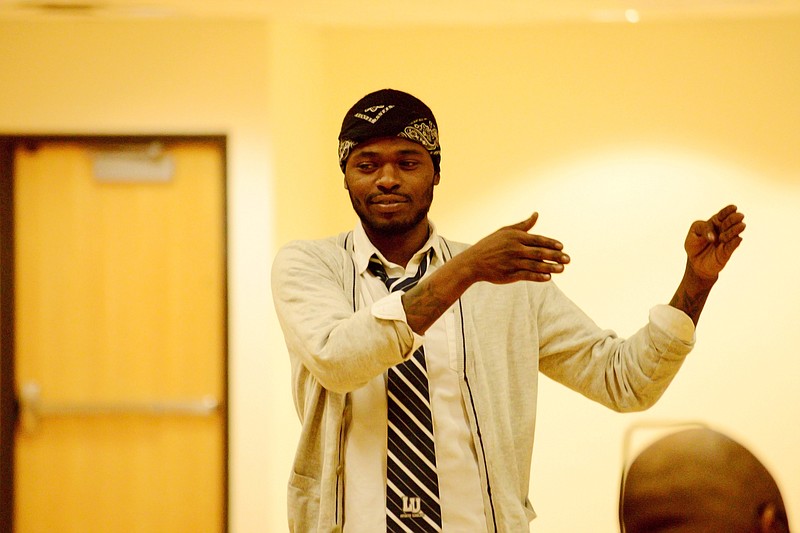Lincoln University students will perform artistic reflections of the Harlem Renaissance era expressed through soulful music, poetry and dancing Friday during “A Night in Harlem”
Sponsored by the Campus Activity Board, the event is scheduled at 7 p.m. in Mitchell Auditorium.
The Harlem Renaissance era was centered in the Harlem, New York, neighborhood that developed as a cultural mecca for African-Americans in the early 20th century. Seen as the golden age for African-American culture, artistic expression was essentially redefined.
“A lot of people don’t know what the Harlem Renaissance was, but the reality is the culture that we have nowadays is birthed out of that culture,” said Jaylin Jones, writer and director of “A Night in Harlem.” “That’s the beautiful thing about it, and that’s what we’re trying to get people to understand.”
The Harlem Renaissance was a time when Louis Armstrong set the stage for the acceptance of jazz music, when Langston Hughes published “The Negro Artist and the Racial Mountain” outlining his philosophy on the problems facing black artists, and when Billie Holiday showed African-Americans they could become successful and overcome racial stereotypes. These artists and others conveyed the complex human emotions and yearnings of African-Americans during the transition from the abolition of slavery to gaining the rights to educational freedoms and self-expression.
These pivotal works of art have allowed Lincoln students who are performing not only to portray the style of the Harlem Renaissance, but to realize how the racial and social theme of this production is as relative today as it was in the decades-old era.
“I love the time travel,” said Caprice Thomas, who plays a promiscuous Christian then revived by an educated reverend. “It feels good to portray people who paved the way in these poems. It makes me feel like we’re still doing something, like we’re still keeping the poems alive and we’re still keeping that Harlem Renaissance energy. The whole production is kind of about how the stuff that they were going through and stuff that they had been through relates to what we’re doing in 2018.”
Premiering during the closing of Black History Month, “A Night in Harlem” sets the stage for historical reflection through multiple works of art. The staging for this production will be a collaboration of performers featuring Lincoln students, as well as members from the Second Baptist Church, the Lincoln University Dance Troop, the Infamous Royal Tigerettes Majorette Dance Team and a live band.
“People who come are going to be entertained as well as informed,” Thomas added.

